Raisins have long been a popular snack, enjoyed for their sweet and chewy texture. But did you know that not all raisins are created equal? When it comes to choosing between red raisins and golden raisins, there are distinct differences that can impact their taste, appearance, and usage. In this article, we will delve into the characteristics of each type and explore their various applications in the culinary world. 1. Color and Appearance: One of the noticeable differences between red raisins and golden raisins lies in their color. As the name suggests, red raisins have a deep red or purplish hue, which occurs naturally due to the drying process. In contrast, golden raisins have a lighter, golden-yellow color. This variation in color can make a significant visual impact when incorporating these dried fruits into your culinary creations. 2. Production Process: Both red and golden raisins are made by drying grapes, but their production processes differ slightly. Red raisins are typically made from red or purple grape varieties, which are sun-dried or dehydrated to enhance their natural sugars and flavors. On the other hand, golden raisins are usually made from green or white grapes that are dipped into a solution of either water, oil, or alkaline before they are dried.

.
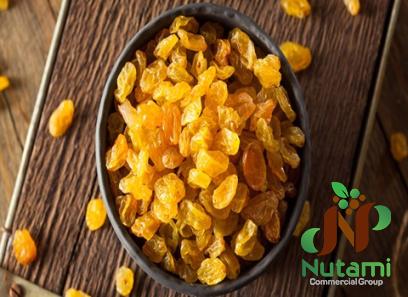 This additional step helps to preserve the light color and milder flavor of golden raisins. 3. Flavor Profile: When it comes to taste, red raisins tend to have a stronger and slightly tangier flavor than their golden counterparts. They often possess a hint of acidity along with their natural sweetness, which can add depth to dishes like salads, baked goods, and savory recipes. Golden raisins, on the other hand, are known for their milder and more delicate taste. They are often described as having a honey-like sweetness that pairs well with both sweet and savory dishes. 4. Culinary Applications: Both red and golden raisins have a wide range of applications in various cuisines. Red raisins are commonly used in Mediterranean and Middle Eastern dishes, such as pilafs, tagines, and couscous.
This additional step helps to preserve the light color and milder flavor of golden raisins. 3. Flavor Profile: When it comes to taste, red raisins tend to have a stronger and slightly tangier flavor than their golden counterparts. They often possess a hint of acidity along with their natural sweetness, which can add depth to dishes like salads, baked goods, and savory recipes. Golden raisins, on the other hand, are known for their milder and more delicate taste. They are often described as having a honey-like sweetness that pairs well with both sweet and savory dishes. 4. Culinary Applications: Both red and golden raisins have a wide range of applications in various cuisines. Red raisins are commonly used in Mediterranean and Middle Eastern dishes, such as pilafs, tagines, and couscous.
..
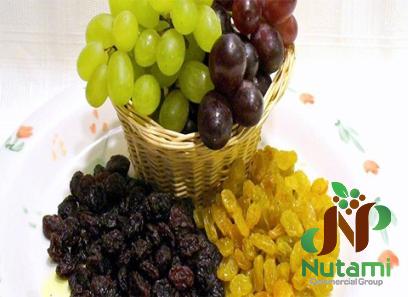 Their stronger flavor profile allows them to provide a distinct taste and texture to these savory recipes. Golden raisins, with their milder flavor, are a popular choice for incorporating into baked goods, trail mixes, salads, and even sauces. They can add a touch of sweetness without overpowering the other ingredients. 5. Nutritional Value: In terms of nutritional composition, red raisins and golden raisins are fairly similar. Both contain beneficial dietary fiber, natural sugars, and essential vitamins and minerals. However, red raisins are known to have slightly higher antioxidant levels due to their darker skin color.
Their stronger flavor profile allows them to provide a distinct taste and texture to these savory recipes. Golden raisins, with their milder flavor, are a popular choice for incorporating into baked goods, trail mixes, salads, and even sauces. They can add a touch of sweetness without overpowering the other ingredients. 5. Nutritional Value: In terms of nutritional composition, red raisins and golden raisins are fairly similar. Both contain beneficial dietary fiber, natural sugars, and essential vitamins and minerals. However, red raisins are known to have slightly higher antioxidant levels due to their darker skin color.
…
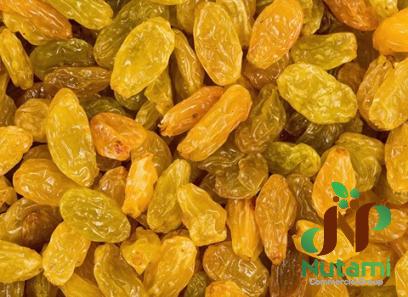 Additionally, golden raisins are commonly treated with sulfur dioxide during the drying process to help preserve their color, which may pose a concern for individuals with sensitivities or allergies. Conclusion: Whether you prefer the robust flavor and vibrant color of red raisins or the subtle sweetness and light golden hue of golden raisins, the choice ultimately depends on your personal taste and the specific culinary applications. Both types offer unique characteristics that can elevate your favorite recipes and add a touch of sweetness to your day. So go ahead, experiment with both red and golden raisins, and discover the delightful nuances each brings to your culinary creations.
Additionally, golden raisins are commonly treated with sulfur dioxide during the drying process to help preserve their color, which may pose a concern for individuals with sensitivities or allergies. Conclusion: Whether you prefer the robust flavor and vibrant color of red raisins or the subtle sweetness and light golden hue of golden raisins, the choice ultimately depends on your personal taste and the specific culinary applications. Both types offer unique characteristics that can elevate your favorite recipes and add a touch of sweetness to your day. So go ahead, experiment with both red and golden raisins, and discover the delightful nuances each brings to your culinary creations.


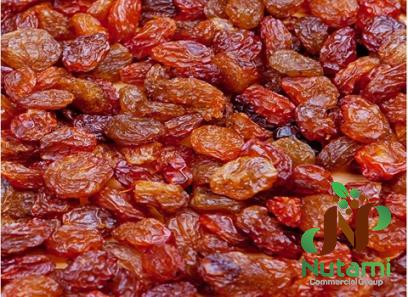

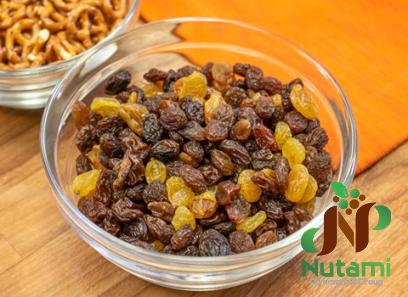
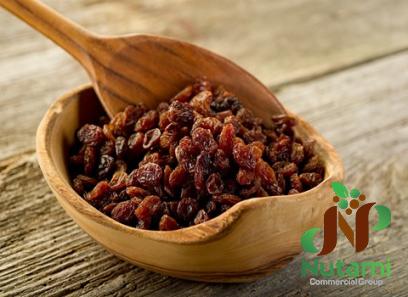
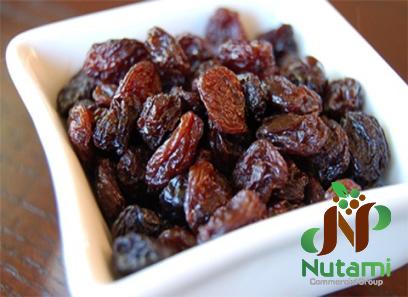
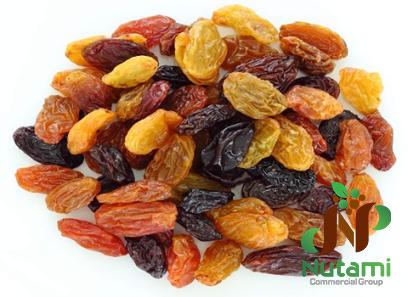
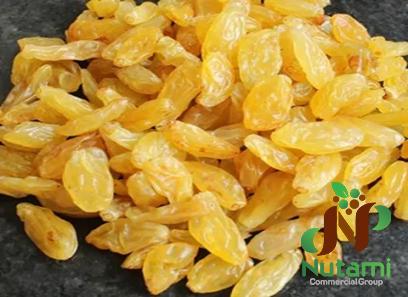
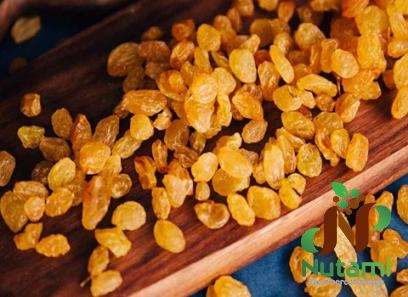

Your comment submitted.